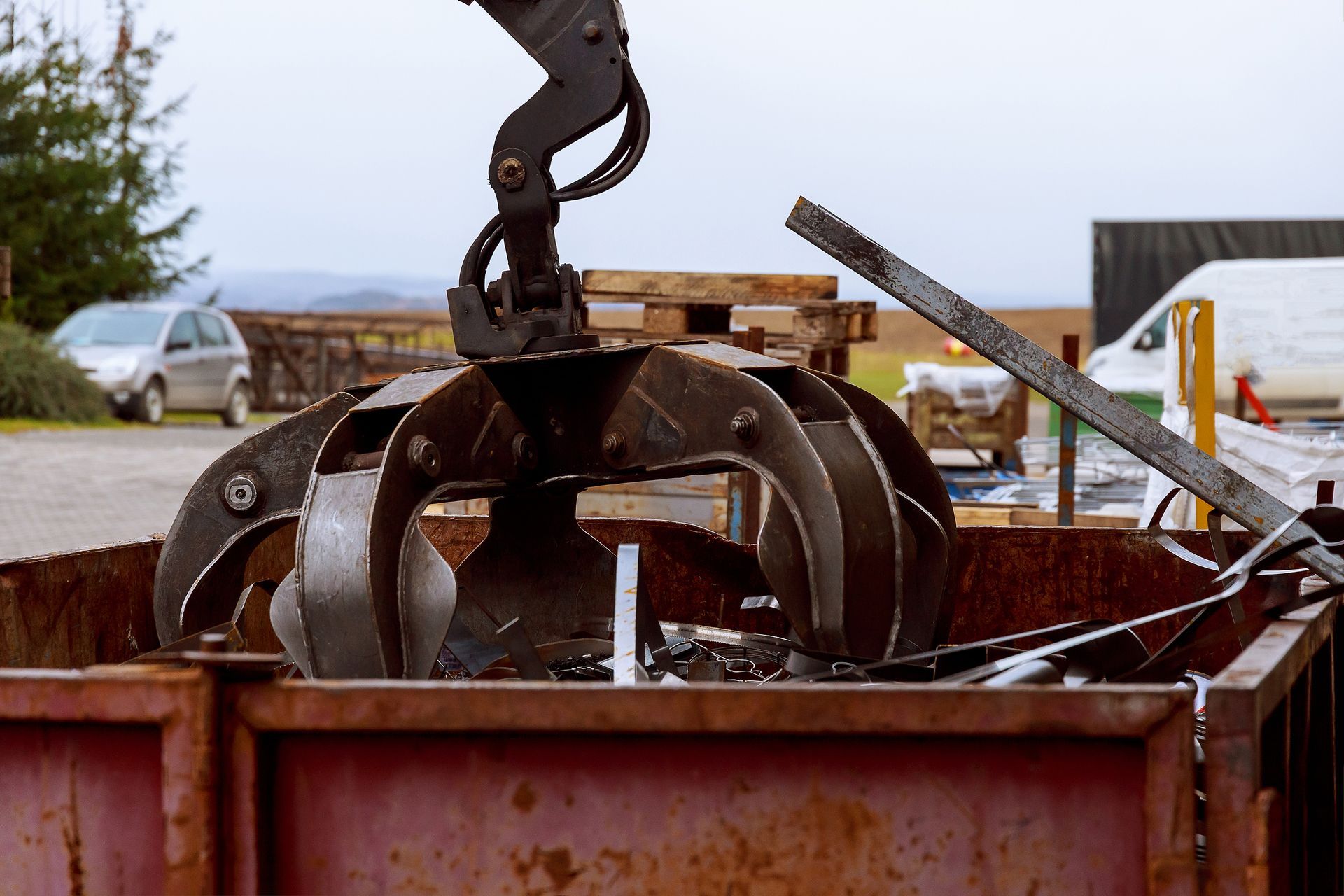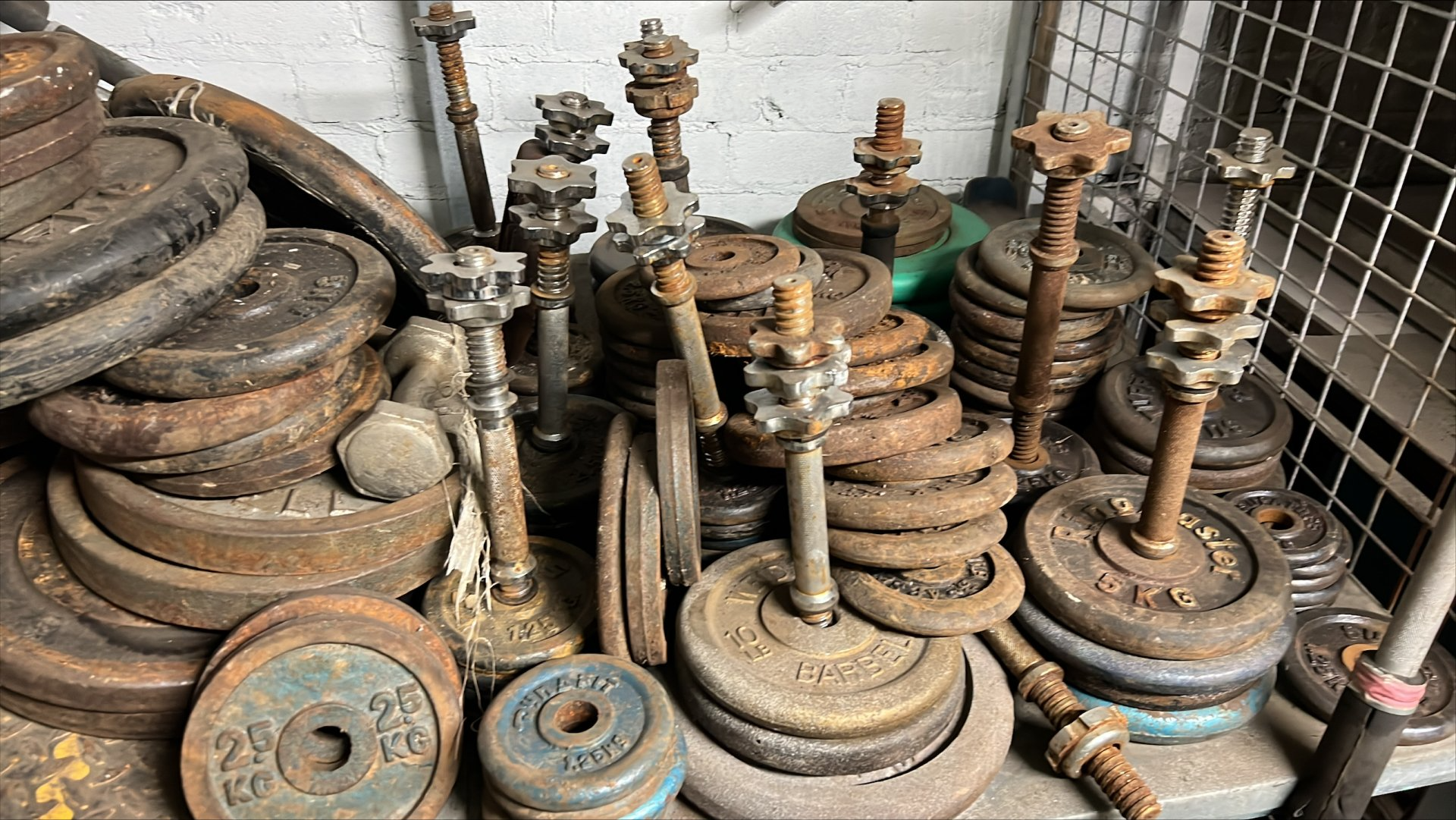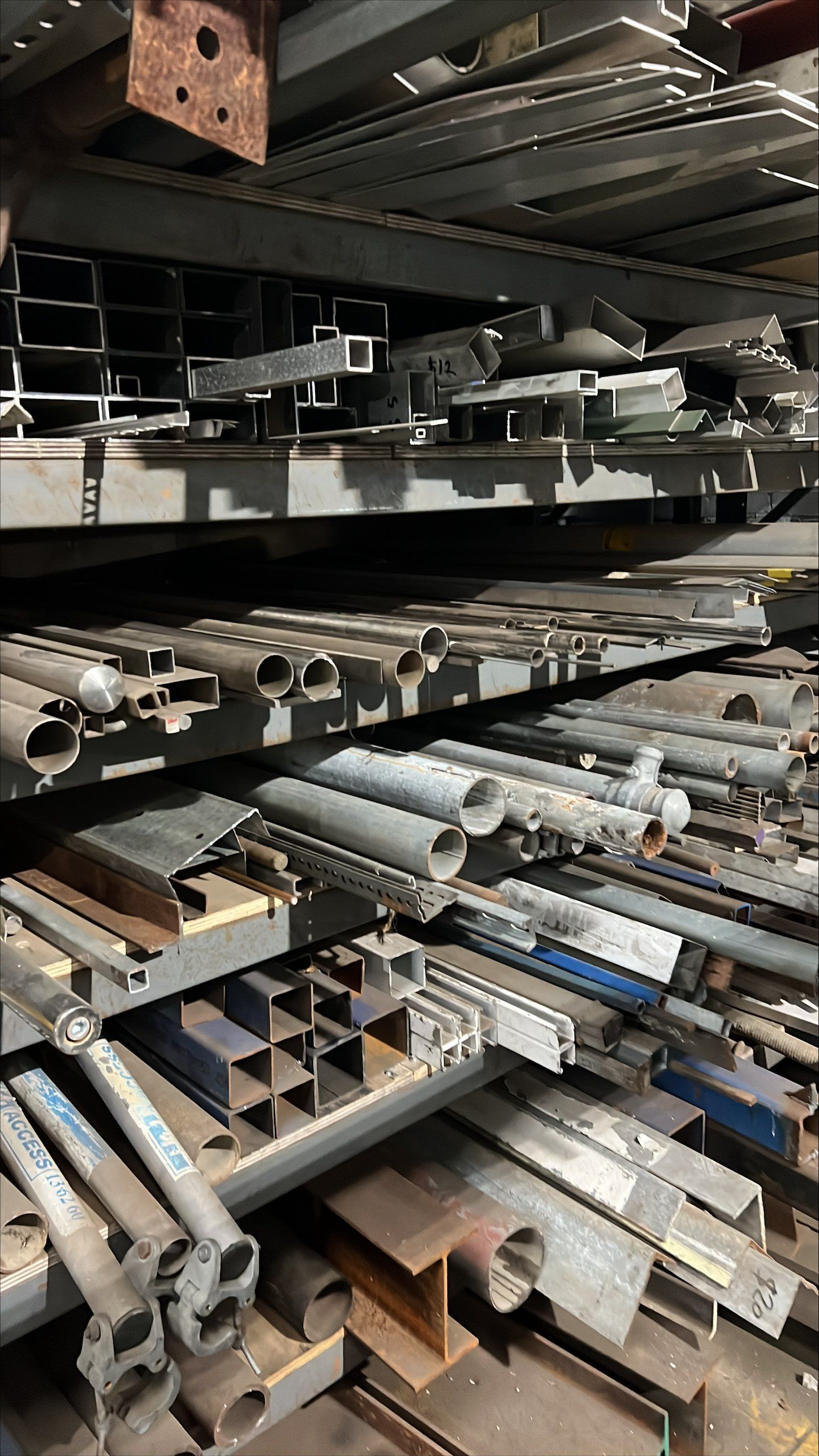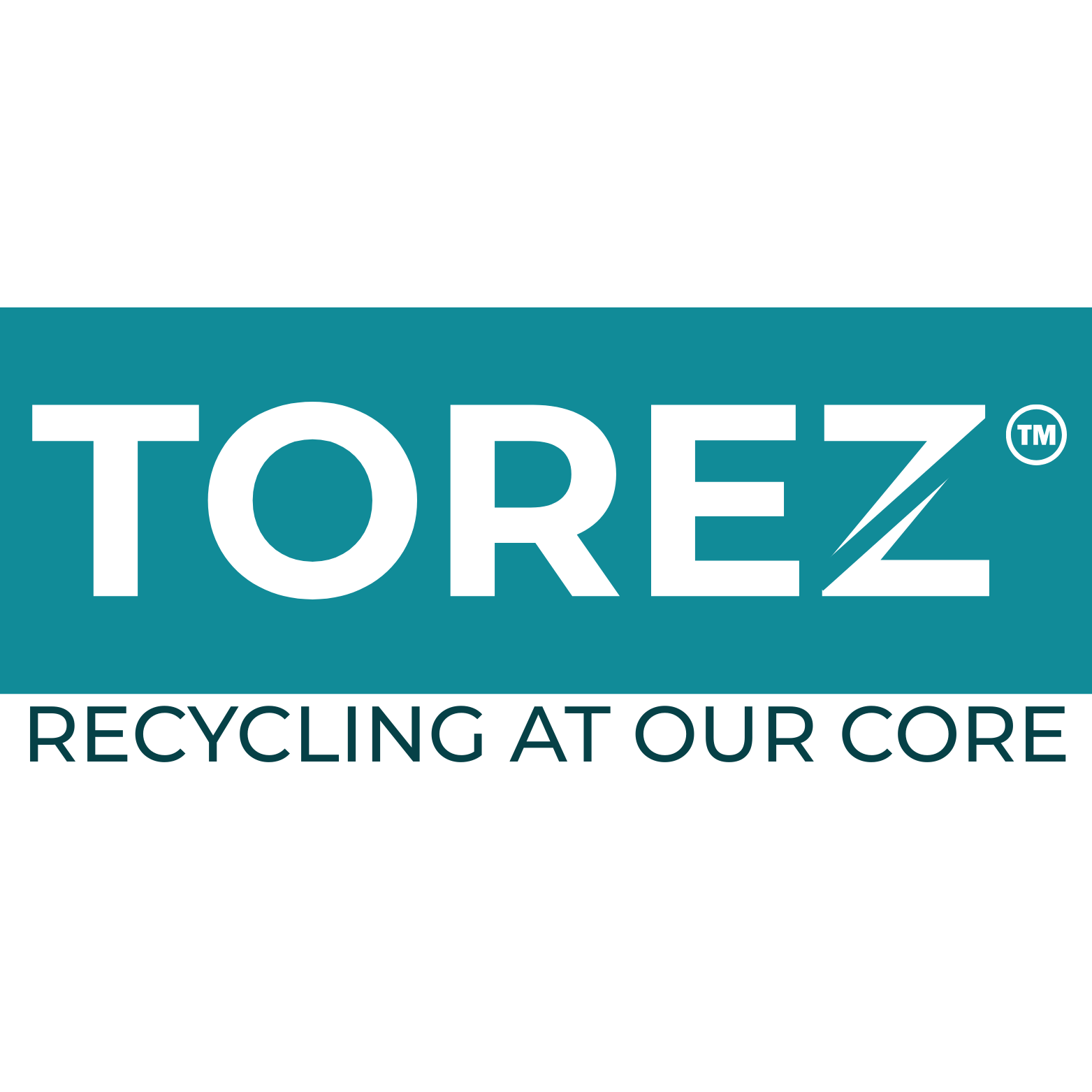Reducing Waste, Preserving Resources: Environmental Benefits of Copper Recycling in Sydney
Reducing Waste, Preserving Resources: Environmental Benefits of Copper Recycling in Sydney

Recycling of copper is essential for Sydney’s sustainability and environmental stewardship programs. Being a valuable metal that is used in many applications, the demand for copper is high in many industries such as construction, electronics, and manufacturing. In recycling copper scrap instead of extracting virgin copper from ores, Sydney eliminates waste and preserves a valuable natural resource while minimizing any environmental effects. This paper examines the environmental advantages of copper recycling in Sydney and its role in making the city and beyond a better place for future generations.
Resource Conservation
Resource conservation is one of the major environmental advantages of copper recycling in Sydney. Copper is a non-replaceable natural resource, and its extraction from ores needs intense mining enterprises that can have considerable environmental impacts, such as habitat destruction, soil erosion, and water pollution. The recycling of copper scrap in Sydney eliminates the needs for new mining activities, thus, it saves natural landscapes, and ecosystems. Further, recycling of copper saves energy and water resources, as the recycling of copper uses less energy and water than the production of primary copper.
Greenhouse Gas Emission Reduction
Copper recycling in Sydney also helps to minimize greenhouse gas emissions which are a primary cause of climate change. Mining, processing, and rail transport of virgin copper ore are highly energy-demanding activities that produce a considerable amount of carbon dioxide and other greenhouse gases into the atmosphere. Recycling of copper scrap in Sydney avoids these emissions which are associated with primary copper production that tends to reduce carbon footprints thus mitigating the contribution of the city to climate change. Moreover, copper recycling reduces the need for fossil fuels used in mining and transportation, and hence greenhouse gas emissions.
Waste Minimization and Waste Diversion from Landfills
Sydney’s growing waste management problem is helped by copper recycling which minimizes waste and diverts the material away from landfills. Copper scrap that would have otherwise been thrown into landfills is collected, sorted, and processed into something that can be used in recycling hence, preventing the material from becoming part of pollution. Sydney withholds copper scrap from the landfills thus reduce the requirement for new landfill sites, saving land resources, and reducing environmental pollution. In addition, waste minimization through recycling lessens the pressure on waste management facilities and reduces the costs of disposing of waste.
Energy Savings
Energy savings is yet another important environmental advantage of copper recycling in Sydney. The copper scrap recycling process uses much less energy compared to the virgin copper ore extraction and processing. It is believed that recycling of copper can save up to 85% of the energy used for primary copper production. When Sydney uses recycled copper in place of virgin copper, it decreases its dependence on fossil fuels and non-renewable sources of energy, which in turn results in energy conservation and reduction of greenhouse gas. Moreover, copper energy conservation is reflected in process savings for businesses and individuals, rendering recycled copper as good economic and sustainability alternative.
Principles of Circular Economy Promotion
Copper recycling in Sydney is in line with the circular economy concept where materials are recovered, treated, and reintroduced to the production system. Close the loop on copper materials and products in Sydney implying that the city reduces the use of virgin materials, waste disposal, and sustainability in resource management practices. Add to this, the circular economy brings opportunities for innovation, job creation, and economic growth, thus making Sydney more sustainability and resilient in general.
Conclusion
Recycling of copper is an essential element that helps in minimizing wastage, conserve resources and the Sydney’s environmental effects. Through recycling of copper scrap, the city saves natural resources, reduces greenhouse gas emissions, diverts waste from landfills, saves energy, and supports circular economy principles. In this regard, copper recycling will be a major strategy for Sydney to realize its sustainability targets as well as construct a more resilient future for generations to come. By making a continuous investment in recycling infrastructure, technology, and education, Sydney will be able to improve its copper recycling project and become an example of a city that is both prospering and sustainable.








